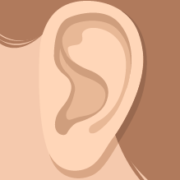You Need Hearing Aids. Now What?
Q: It turns out I need hearing aids. What’s my next step?
A: Hearing aids aren’t one-size-fits-all devices, so your question is a good sign you’re approaching this with the right mindset. Your first step is to confirm you’ve had a complete audiological evaluation.
An online “hearing test” can’t determine whether you need hearing aids — it simply reports whether you’re hearing certain sounds. Only an audiological evaluation can determine if you have hearing loss that requires hearing aids. If you haven’t had one, this is your next step. If you have, it’s time to schedule your hearing aid consultation.
Choose Your Provider
Any hearing aid is simply a tool. It has to be selected, customized, and fit to your ear by an experienced professional in order treat your specific hearing loss. Then it’s your key to a better quality of life.
A clinical audiologist or doctor of audiology has had postgraduate education and training in all aspects of the human auditory system. They’re experienced in diagnostics, hearing aid fitting and programming, providing strategies for adapting to your new technology, and supporting you in your adjustment period. In short, with an audiologist, you get a partner and guide, not a transaction.
Use the Buddy System
It’s ideal to bring a friend or family member to the appointment to have a second perspective on your hearing loss journey.
Review Your Results
You and the audiologist will review the results of your evaluation as well as all the things you’d like to improve through better hearing, such as hobbies, conversations with loved ones, and activities. Knowing what your goals are will help determine the ideal type of hearing aid for you.
Select a Hearing Aid
Weigh the variables
Many factors determine what hearing aid you need, such as which sounds you can’t hear, how loud those sounds need to be amplified, and the size of your ear canal. And that’s just the beginning.
Do you want to be able to control the volume and nudge the settings with a smartphone app? How about “hearable” tech that monitors your heart rate and other body and brain wellness factors? Do you hope to stream music, video, and other audio from a mobile device direct to your hearing aids? You and your provider will discuss these factors and more. You’ll be surprised at everything hearing technology can do now!
Consider the recommendation
This is where the audiologist’s expertise really shines. When they make their recommendation, they will have synthesized all the hearing lifestyle information you provided, all the data from your hearing evaluation, and their wealth of knowledge about the hundreds of available hearing aid styles. They will have truly custom-tailored your solution.
Order the hearing aids
After you test-drive and decide on your hearing technology, there’s a strong chance it will have to be ordered and shipped to the provider. There are hundreds of styles — too many for your average provider to keep in inventory. Plus, many styles need to be custom fit to your ear canal. When they arrive at your provider’s office, your provider will call to schedule a fitting appointment.




